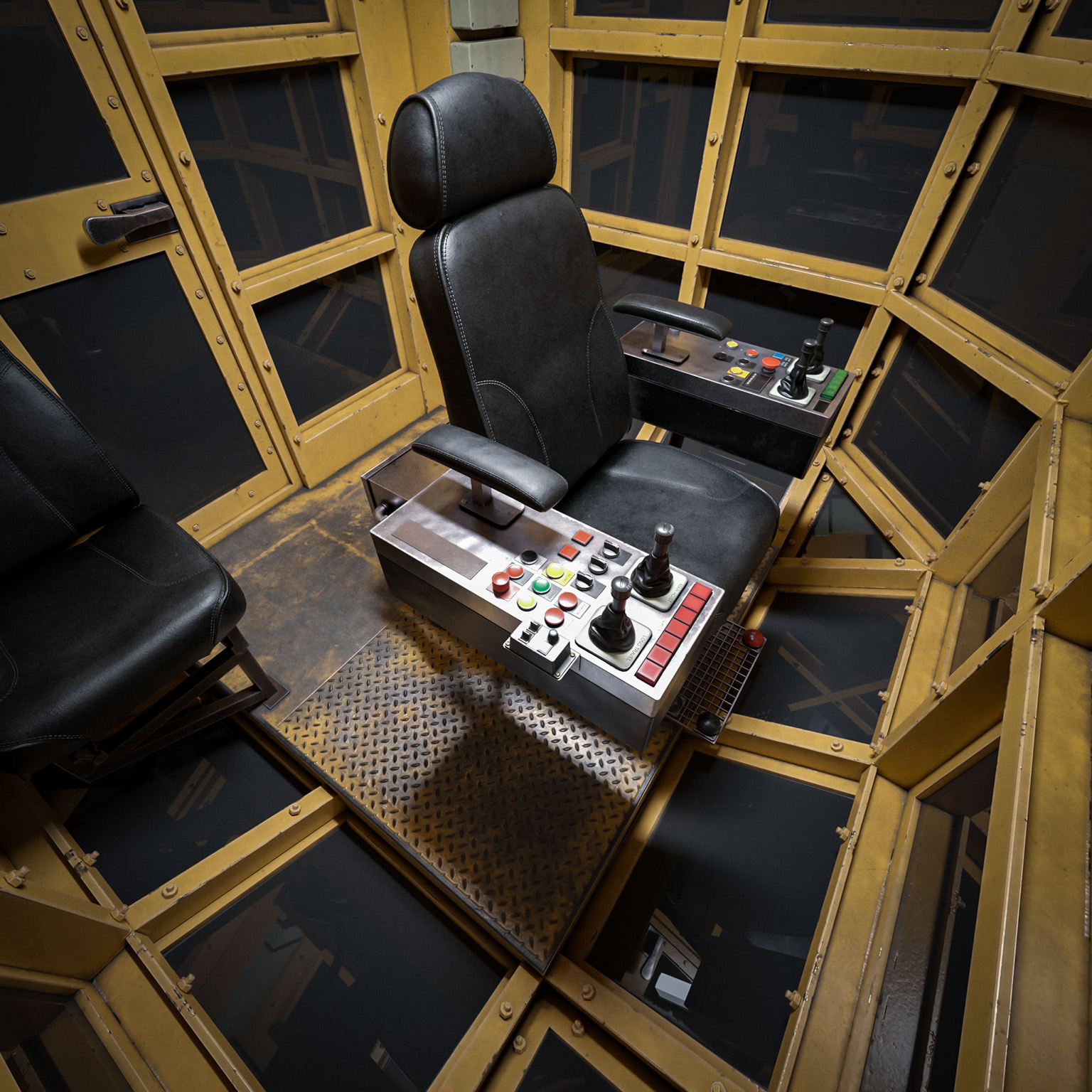Immersive crane training
A Waxeye case study
To modernise crane operator training and improve on-site safety, Waxeye partnered with New Zealand Steel to create a highly realistic VR simulator that blends immersive technology with physical crane controls. Designed for Meta Quest 3, the simulator replicates the feel and function of a real crane cab, allowing trainees to safely build skills, practice complex manoeuvres, and prepare for emergency scenarios, without halting production.
What began as a training tool has evolved into a multi-purpose platform. It now supports recruitment, annual refresher training, and even collaborative design planning for New Zealand Steel’s upcoming electric arc furnace facility. By combining digital precision with hands-on experience, the simulator marks a new benchmark in industrial training and innovation.

